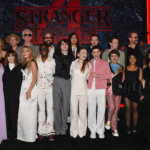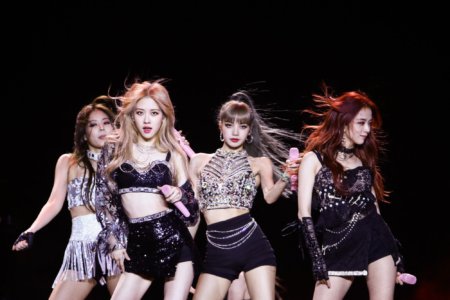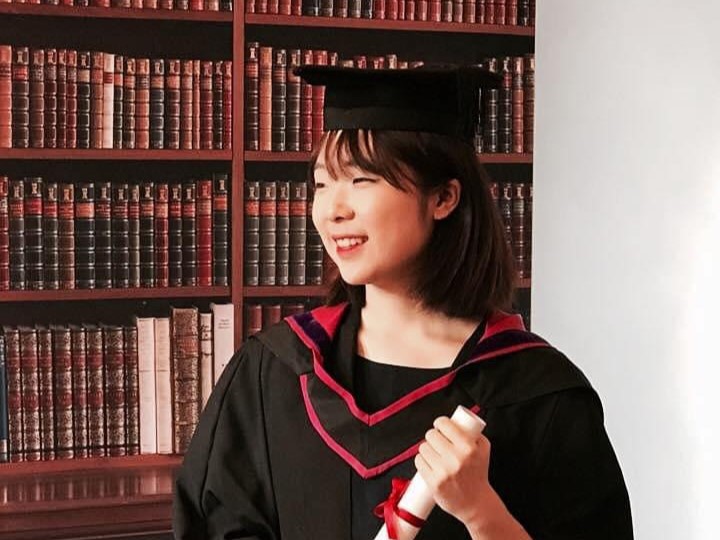
Working in the KPOP industry may seem like it’s all glitz and glamour, but in reality, it’s one of the most challenging and most competitive industries out there, given South Korea’s intense lack of work-life balance.
Sunny Lee, an artists and repertoire (A&R) associate in the KPOP industry, has seen this first-hand. Her friends in the industry quit their jobs within four years due to burnout.
“It’s nonstop working,” says Lee. “We work overtime, even answering calls outside of work hours.”
South Korea has the second-longest working hours among the Organisation for Economic Cooperation and Development (OECD) countries, with an average of 1,978 hours per year, as recorded by the World Metrics Organisation.
In Korea, the percentage of employees who work very long hours in paid work is much higher than the OECD average of 10% of employees who work 50 hours or more per week.
But, in 2023, a proposal to increase working hours per week from 52 to 69 to “improve work-life balance” by allowing companies more flexibility with overtime work hours, according to SHRM. The proposal was later rejected.
So, how did Lee end up working in one of the most competitive industries in a country with the worst work-life balance?
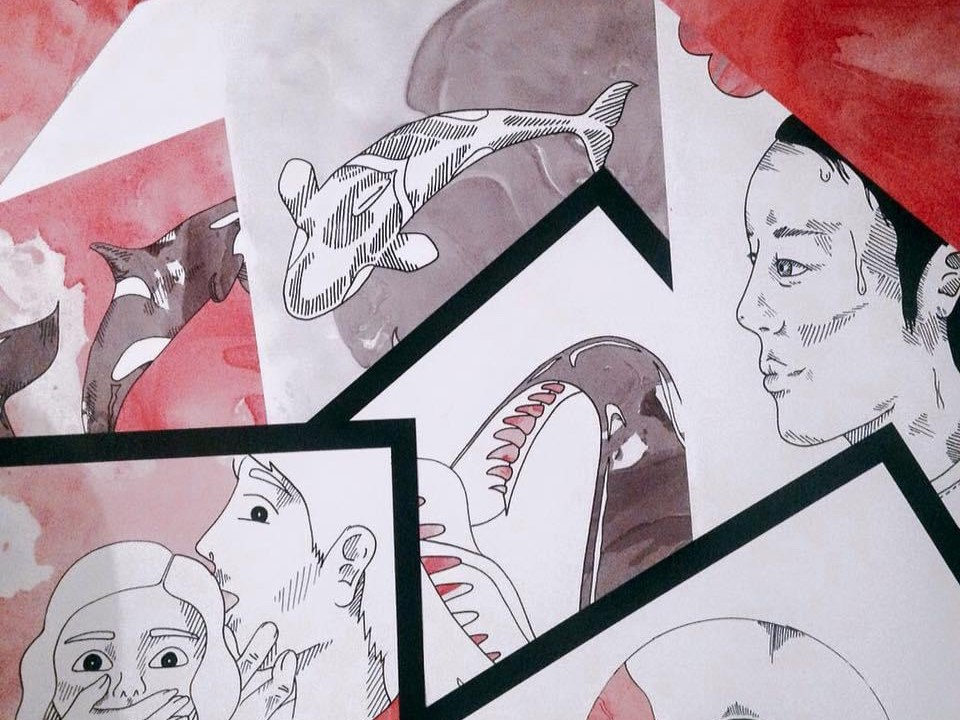
Lee was initially interested in studying at Parsons School of Design. However, having never been to the US before, she decided to pursue her bachelor’s degree in the UK instead. Source: Sunny Lee
How KPOP helped a third-culture kid connect with her roots
Born in South Korea, Lee’s parents migrated the family to the UK to further their studies for the first five years of her life and later moved to Switzerland for work, where she attended her pre-college years.
Living abroad for so long made Lee a third-culture kid; she was unfamiliar with Korean culture, but one thing helped: KPOP.
“I have been interested in KPOP since middle school because I was trying to connect with my roots from miles away. I was just drawn to the whole culture,” Lee says.
It was more than just listening to the songs too — KPOP was even part of Lee’s undergraduate thesis.
Lee, who pursued a BA (Hons) in Illustration and Visual Media at the London College of Communication, University of Arts London (UAL), had always been drawn to art.
“During my foundation years, I wanted to do graphic design or something close to fashion or art history,” she says. “But throughout the programme, I gradually found myself in illustration and graphic design. I consulted my professors, who said I’d be a better fit for illustration, so I decided to give it a go.”
Throughout her time at UAL, Lee had a fair share of struggles — primarily, artist block.
This block — which writers and other creatives encounter too — is a creative obstacle or mental barrier that prevents an artist from generating new ideas or producing work.
“The biggest challenge was keeping your inspiration going for three years,” says Lee. “We had to continuously pump out ideas or inspirations for every project and just draw it. And there comes a time when you kind of get tied and run out of ideas.”
Through hard work and perseverance, Lee made it to the end of the second year at UAL, drained of ideas. Still, a harder challenge was ahead: choosing a topic for her final year thesis.
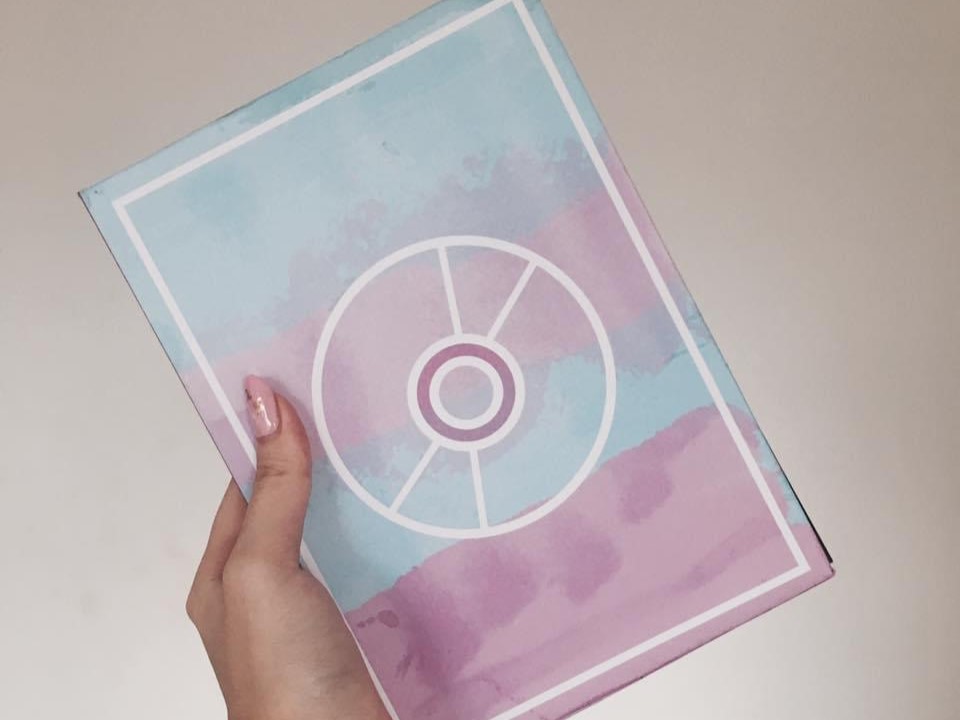
This is a design of a KPOP-inspired album cover she created for her final year thesis. Source: Sunny Lee
The KPOP-related thesis and the strengths that changed her life
In 2010, KPOP evolved and started releasing albums with intricate designs in their album packaging. SM Entertainment’s KPOP group Girls Generation introduced photo cards, posters, and postcards to packaging.
This evolution of the album packaging intrigued Lee.
“Everyone was so fascinated by the changes,” she says. “And that sparked my interest even more, especially in how the industry works behind the scenes.”
So, Lee’s thesis ended up being about the KPOP industry’s development in promoting its group’s visual design.
Which in turn, led to Lee deciding that she wanted to work in the industry upon graduating.
Her first job, while not in a KPOP company, worked with artists for album designs and such. There, she gained the experiences needed to take her career further afield — this time taking her through multiple KPOP companies.
An insider’s point of view of what it’s like working in the KPOP
Today, Lee is an A&R Associate at ModHaus, a company home to the 24-member idol group tripleS and five LOONA members.
Her job involves planning an artist’s album concepts, coming up with content ideas, connecting with songwriters, finding the best music for the artists, and even deciding on their hairstyles.
“As I worked further into the KPOP industry, I realised that in marketing, we’ll have to keep up with the trends for the artists and be alert 24/7 to ensure everything’s going smoothly,” says Lee. “You do not want to make any mistakes or for anything to go wrong in the middle.”
Staying focused and working together was crucial for ensuring the artist’s journey went smoothly.
“Making sure you get along with the people you work with creates a good image, especially for huge groups,” Lee shares.
Working in KPOP means being attentive to what’s happening around them; there’s lots of monitoring involved, like watching other groups and the ongoings in the KPOP world.
All this contributes to keeping your ideas for your idol group unique.
But how does one keep doing that, when the industry is so competitive and cut-throat?
In 2023, a total of 70 KPOP groups established themselves in the industry; in the past decade, the world has seen over 400 of them. Naturally, not everyone makes it — many groups don’t even last for a year.
Those numbers play a bigger part too. Behind them, people like Lee work tirelessly to help them reach the heights of titans like BigBang and Wonder Girls, BTS and Blackpink.
Lee believes that passion is the answer to success.
“You have to be very passionate about it because if you’re not, you would not want to continue working for a KPOP company,” she says. “I can attest to that because I’ve seen that happen many times.”
“You get so burned out from the constant late nights, searching for ideas, and losing passion.”

While on tour with a KPOP group in Brazil, Lee had the opportunity to travel around the country, visiting heritage sites and eating its local delicacies. Source: Sunny Lee
Working in the KPOP industry also means that you’ll always want to give it your all for your idols’ success.
“You want to ensure you put in 120% effort,” says Lee. “When they’re successful, then you’re successful.”
Still, despite the tough times, Lee has made many memories throughout her career.
As part of her previous job, she went on a two-month world tour to countries she had never been to, such as the US, Brazil, Poland, and the Czech Republic.
“I found it challenging but also fun because seeing your artist perform on stage and the fans enjoying themselves makes you feel good,” she says. “It’s especially touching when the fans acknowledge the staff working there.”
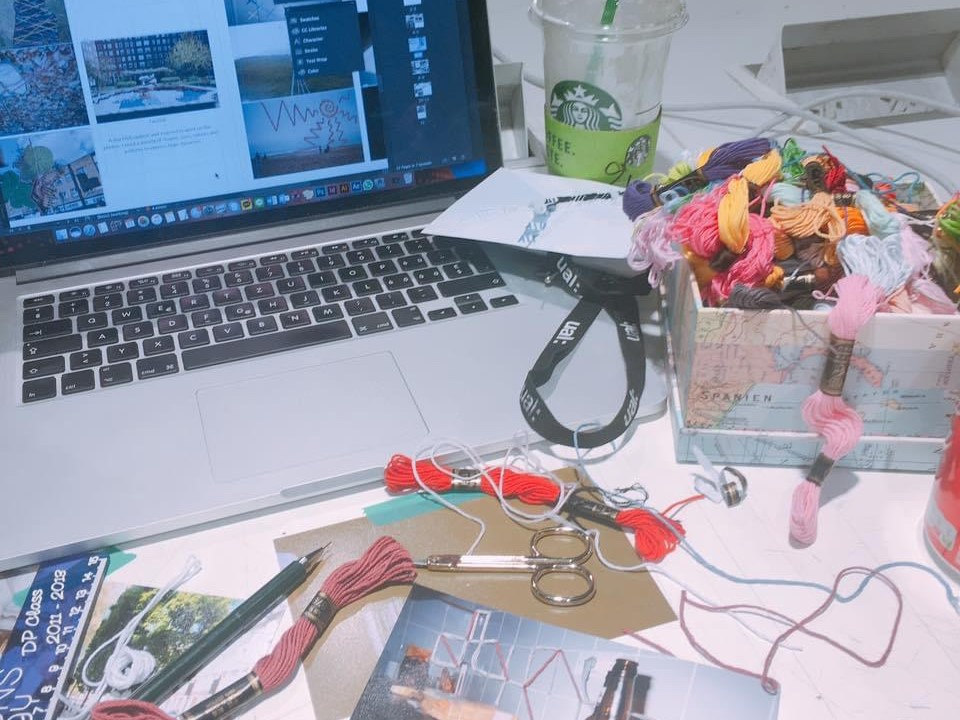
The hardest part of Lee’s illustration and visual media degree was to be inspired continuously. Source: Sunny Lee
A word of advice for those looking to join the KPOP industry
“Korean is essential because in the company, everyone’s Korean and not everyone speaks English,” advises Lee. “Learn conversational Korean, especially the alphabet, before coming to South Korea because not everyone here speaks English.”
There’s a variety of Korean language courses that you can start checking out, available here.
Another thing that Lee emphasises is having a passion for the work.
“You need to be serious about your job and not mess around. Especially being extremely detailed. You must always remember you are working for idols and not put yourself first,” she shares.





